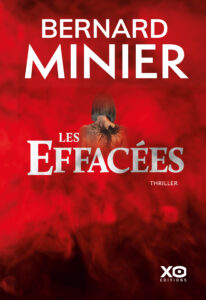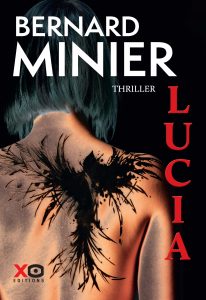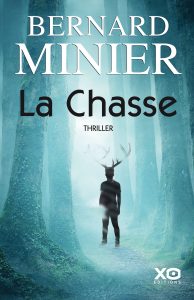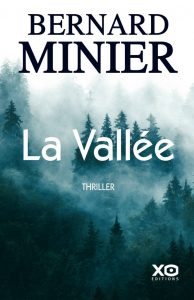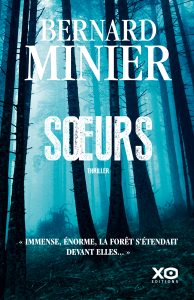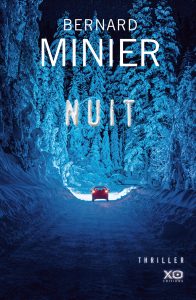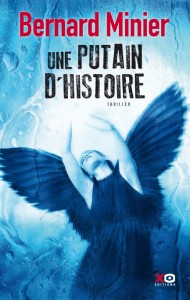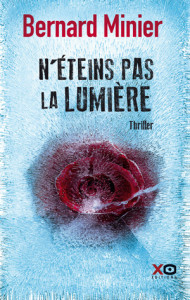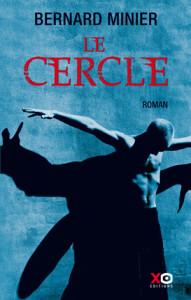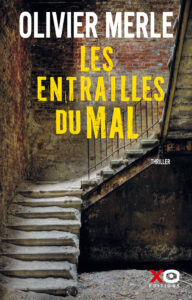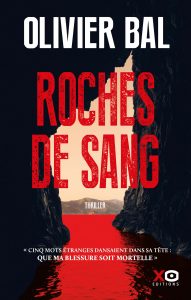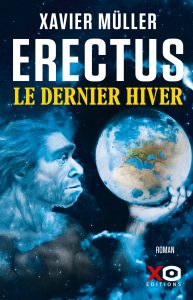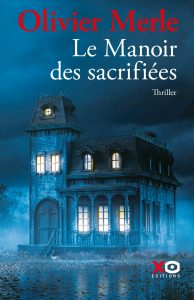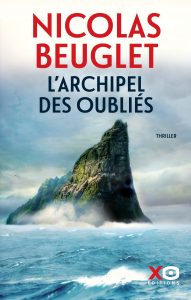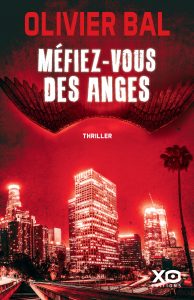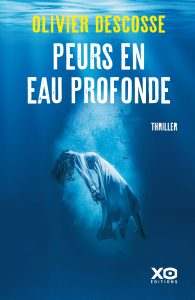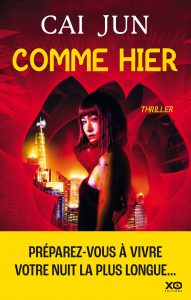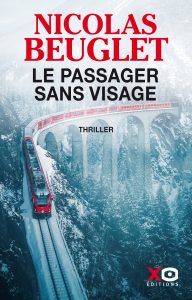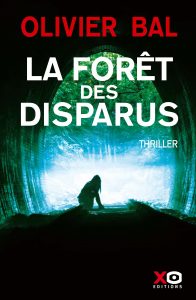An eye in the night
… IS STARING AT YOU !
PLUNGE INTO THE DARK WORLD OF HORROR MOVIES
With five movies under his belt, that were considered scandalous at the time of their release, the horror movie director, Morbus Delacroix, has become a cult favorite with the younger generations. Then, from one day to the next, Morbus stopped making films, and went into seclusion together with his wife up in the mountains, refusing all interviews, and any visitors. Except for one: Judith Tallandier, a young film student.
To Judith’s great surprise, after an email exchange, Morbius agreed to receive her in his lair hidden from the world. He is provocative, misanthropic, excessive, brilliant, and mad. Movies are his life. He’s a cross between Tarantino and Kubrick.
While Judith is driving toward the mountains to meet the legendary horror movie director, a patient is discovered dead, killed under brutal circumstances in a psychiatric ward in Toulouse. Other equally dramatic events ensue that all seem to be related to a cursed movie that never came out on the big screen: Orpheus or the Spiral of Evil, the latest movie made by Delacroix.
Grusemome murders,
A reclusive horror film director,
A college girl fascinating by this eye in the night…
What if the unspeakable is related to a cursed film ?
Martin Servaz face one of the most complex case of his career
Author's interview
With An Eye in the Night, readers rediscover Martin Servaz in a surprising setting: the world of horror films. Are you a fan of the genre?
I was just a bit of one before I started writing An Eye in the Night. Like others of my generation, I saw The Exorcist, Psycho, Rosemary’s Baby, and a few others, but that was it. As always with work, I immerse myself 200% in the universe I want to depict, meaning that for months, I not only read books on the subject – testimonies and directors’ memoirs – but more importantly, I watched two hundred horror films, usually between the hours of 9 pm and 1 am. I managed to dig up 150 films worth the detour from 1920 to today. The list is at the end of the book. There are some stunning successes in the genre, and new American, Korean, French, Spanish directors and others are emerging around the world.
Morbus Delacroix, the main character in your book, is a horror film director who seems to elicit fascination. Who is he really?
I had much fun creating this character, as well as that of the former producer Kenneth Zorn or the YouTuber Max Renn. These characters are a boon for an author as they offer many possibilities. Morbus Delacroix has become a cult favorite with the younger generations, with five horror movies under his belt that were considered scandalous at the time of their release but are revered by fans. Then from one
day to the next, Morbus stopped making movies, and went into seclusion together with his wife up in the mountains, refusing all interviews, and any visitors. Of course, he also has a dark worrisome side to him. He strings a narrative that I hope is fascinating but also unique on the art of movie-making. He’s a cross between Tarantino and Kubrick.
Is this also the occasion for you to evoke the literature of the genre, the thriller in particular, and its relationship to the press?
Precisely. When Morbus Delacroix talks about the horror genre in film and its relationship to the critics and to movies in general, it’s a mirror I hold up to the thriller genre in literature, which I thrive on. At one point, Morbus says something like: “In the end, I came to understand that it is popular culture, not the realm of the intellectual or the bourgeoisie – where transgression is expected, codified, instantly recognizable and hence devoid of subversive potential. Popular culture stirs things up, is visceral, uncomfortable.” It’s somewhat provocative, a little excessive, I’ll admit, but in the book it’s pure Morbus Delacroix. The thriller, like the horror movie, appeals to the emotions of the reader or viewer, at the same time introducing a certain view of the world: a dark, anxiety-provoking, corrupt and dangerous place. Both tell us that, no, the world is not innocent, it has teeth, and it bites.
Today, particularly among young people, we are witnessing a renewed interest in horror films. Did you anticipate this, and how do you explain it?
It’s not just the young people. In 2022 movies like Smile, X were favorably reviewed and they sold over a million tickets at the box office. Take the British astrophysicist Rosemary Coogan, who was chosen to go into outer space that year: She confessed to spending many evenings watching horror films with her friends. I’ll admit that when the idea came to me in 2021 to write this story, I didn’t expect this renewal of interest in the horror film genre. I think what people appreciate about them is their all-out nature, that what you see in them you won’t see anywhere else, their anything-goes aspect. There is no self-censoring, no politically correct, they just go for it. It’s a transgressive genre, instinctual, visceral, and above all, it does not preach. But the horror film is only one of the themes I explore in An Eye in the Night. There’s also friendship, kinship, and a certain form of conspiracy.
lire toute l’interview

